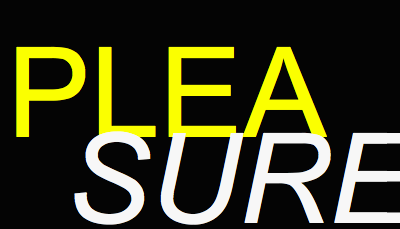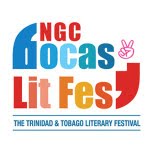Introducing ARC. SEE website here. READ CRB blog piece with ARC's editor in chief Holly Bynoe and the magazine's creative director Nadia Huggins here.
FROM THE ARC website:
ARC Magazine is a quarterly Caribbean Art and Culture print and e-magazine published out of St. Vincent and the Grenadines by artists Nadia Huggins and Holly Bynoe. We are endeavouring to form a creative platform to offer insight into current practices across the burgeoning creative industries, while bridging the gap between established and emerging artists. Within the recent motions of integration there is a critical space developing where, for the first time, we can envision a converging nexus of artists who want to share their creative experience.
ARC Magazine presents a formula, an experiment and an imaginative body of curated work that exhibits the trajectory and the motion of artists who practice within the region. Within our collective networks, we are finding it necessary to make the common man and the aficionado aware of possibility of art, its evolution, trends and ‘personalities’. We also feel the need to provide a forum that celebrates creativity, its determination, dialogue and pleasure. It is our ambition to inspire and give voice to a new generation of independent, DIY and emerging artists who remain fearless while battling the parts, fractions and whole of their varied cultures. At ARC we want artists to negotiate their own space by offering a neutral ground that will license discourse and varied creative insights into the mind of an artist.
ARC is a projected motion that goes up, outwards and beyond into a space of curiosity.
























